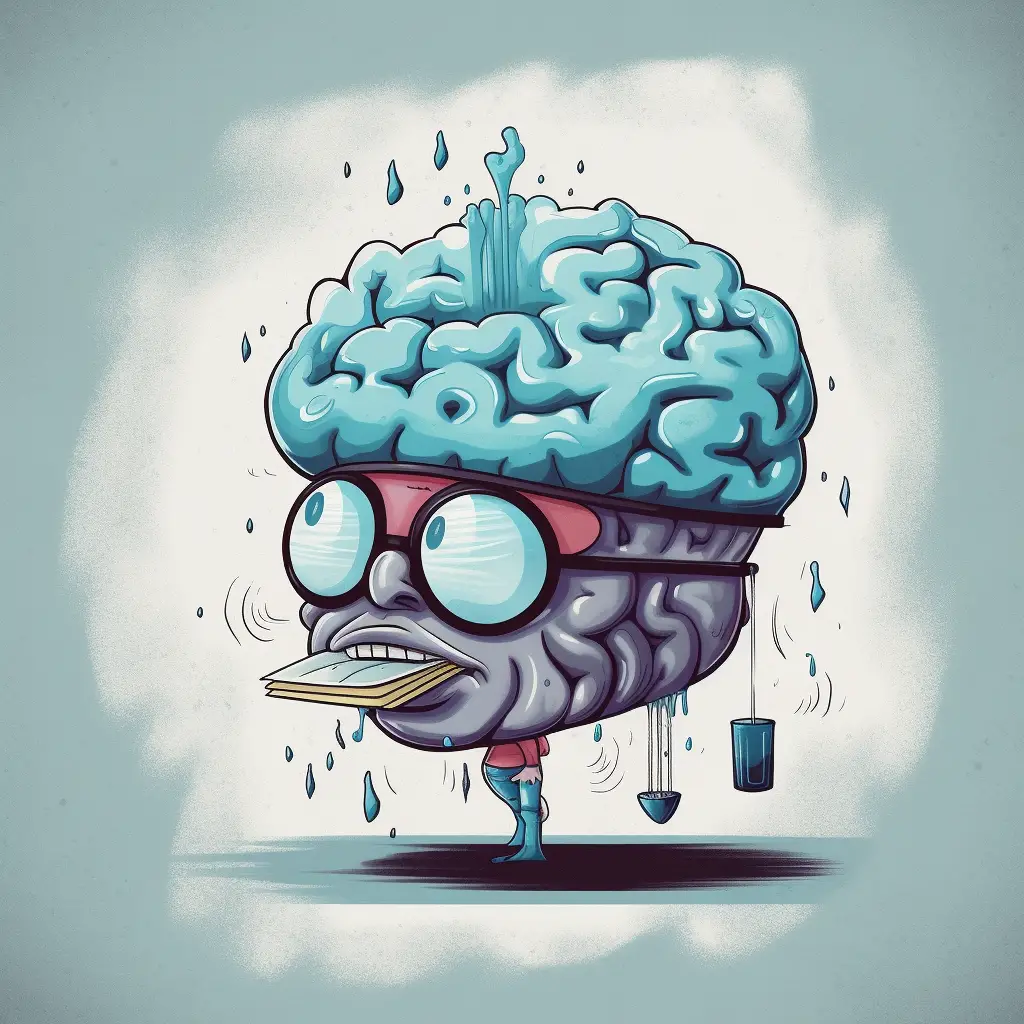
Conception is when two gametes come together in fusion. This involves one male cell (a sperm) and one female cell (an egg). After mating, usually anyway, these gametes combine into an embryo where each one contributes 50% of the parent’s DNA. This results in a unique offspring combining both of the parent’s genes.
For more information, please read the birds and the bees from your nearest parent! Or continue reading below.
What is Conception?
The conception process in humans starts with ovulation, when an egg is released into the fallopian tube, aided by hormones that also thicken the lining of the uterus. If sexual intercourse occurs during the egg’s maturation period, one of the millions of sperm that make the journey up the fallopian tube may fertilize the egg, even if they are present for a few days before ovulation. When the successful sperm enters the egg, the egg blocks out all other challengers and pulls in the single successful sperm. The window of opportunity for conception is about six days in a woman’s menstrual cycle.
The Different Stages of Conception
Picture this: after the egg and sperm have a little party, they create a zygote, which embarks on a heroic journey to the uterus. It’s like a tiny adventurer exploring the vastness of the female reproductive system. Sadly, not all zygotes make it, but those that do have a chance to thrive and grow.
Once the zygote attaches to the uterus, it becomes the embryo. This is where things really start to get exciting. It’s like a tiny construction site with cells dividing and forming major organs. Meanwhile, the protective environment is being built around it like a fortress. This includes the amniotic sac, placenta, and umbilical cord, which work together to keep the developing embryo safe from harm.
After six weeks, the embryo becomes a fetus, and the growth spurt begins! It’s like a little human-shaped balloon that keeps getting bigger and bigger. But it’s not just growing in size; it’s also developing human-like characteristics such as movement, senses, and even some preferences. It’s like a mini-me in the making!
And there you have it, folks. The amazing journey from zygote to fetus. It’s truly a miracle of life!
Environmental Impact on Fetus Development
Let’s talk about how the environment can affect the vulnerable fetus.
It’s a complicated process, and sometimes things don’t go as planned. In fact, about 45% of pregnancies result in a miscarriage without the mother even knowing it happened. The amniotic sac and placenta are supposed to protect the embryo, but sometimes harmful substances, called teratogens, can slip through.
Now, teratogens can come from all sorts of sources. It can be things like air pollution and radiation, but it can also be from things that the mother ingests like cigarettes, alcohol, and drugs. And let me tell you, these teratogens don’t always harm the fetus, but when they do, it’s usually during the sensitive phases of development.
Think of it like this, if you’re building a house, and you’re laying the foundation during an earthquake, it’s not going to be the most stable house, right?
So, let’s talk about some specific teratogens.
Rubella, also known as German measles, is a virus that can cause severe developmental defects in the fetus if contracted during the first trimester of pregnancy. But the effects tend to be less severe in the second trimester and negligible in the third trimester. And you know what else is a serious threat to fetal development? Cigarette smoking and maternal alcohol drinking. Not only do they harm the mother, but they can lead to numerous detrimental effects for the baby.
Now, let’s not forget about poverty and homelessness. Children born into these situations are more likely to be exposed to teratogens, and their mothers are often malnourished and suffer from domestic violence and stress. It’s a tough situation for everyone involved.
Thankfully, mothers receive genetic and blood tests during pregnancy to detect potential birth defects. It’s important to catch these things early so that parents can make decisions about how to proceed. Think of it like checking the blueprints before building the house. You want to catch any potential problems before it’s too late.




